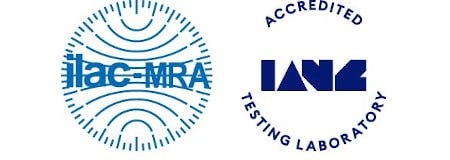NDT is used every day in industries all around us, ensuring quality and safety. NDT methods are used:
- In product evaluation
- For troubleshooting
- For identifying areas of wear
- For assuring the safety and reliability of structures and components
- To find flaws or irregularities both on and under the surface of materials.
So, what are the benefits of NDT? NDT saves businesses time and money in several ways:
- Less Downtime. Using some methods, the materials can be tested even while in use, which eliminates the need to shut down operations during testing.
- Accident / Failure Prevention. Components that fail can be costly to repair or replace and may lead to an unexpected shutdown of the business or in some cases, serious accidents. NDT can identify these areas of concern before they become a problem.
- Comprehensive Testing. NDT techniques can also be applied at multiple stages of development and construction, allowing manufacturers to identify and repair or replace problem pieces before construction is complete, as well once in service.
- Increased Product Reliability. Advanced and more comprehensive testing ensures better products. Problems can be identified and fixed before the product goes to market.
Here is a real-life example of comprehensive testing for the construction industry:
Taranaki Engineering contacted us to test the structural steel for St John’s Stratford new building.
Jake applied 2 NDT methods: UT & MT of fillet and full penetration butt welds of structural steel assemblies to AS/NZS 1554.1 SP.
- MT (magnetic particle inspection) is a method used to find surface breaking discontinuities.
- UT (ultrasonic inspection) is used mainly for:
- Internal and back surface discontinuities of a material or i.e material thickness inspection or scanning for underside plate corrosion.
- Inspection of weld for defects like slag inclusions, lack of fusion, cracking etc.
The combination of these 2 tests gives a full understanding of the quality and reliability of the structure.





